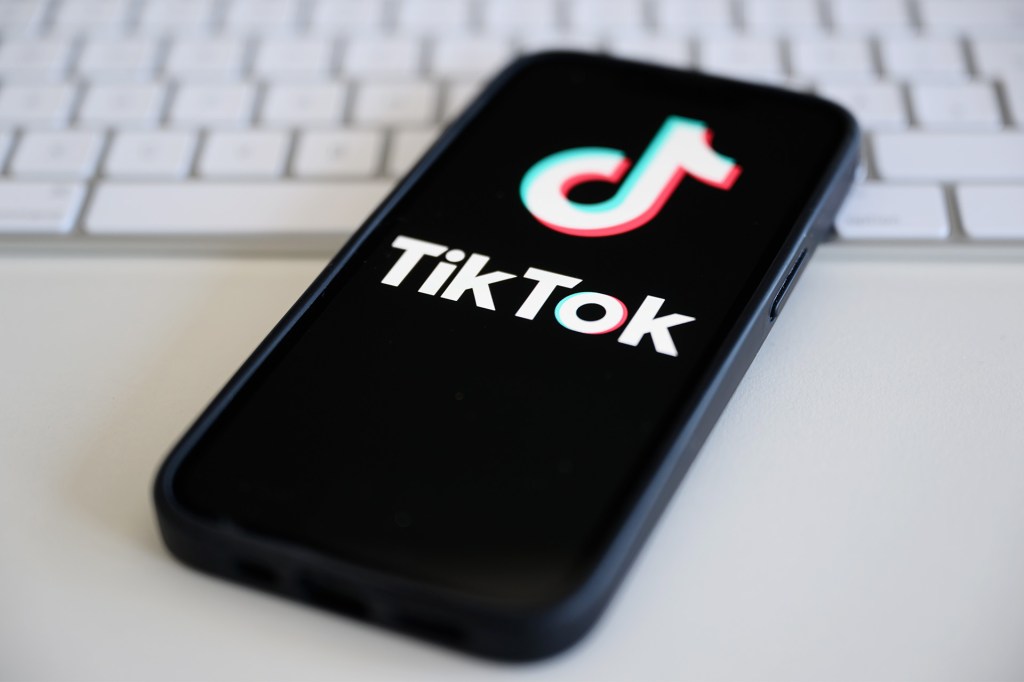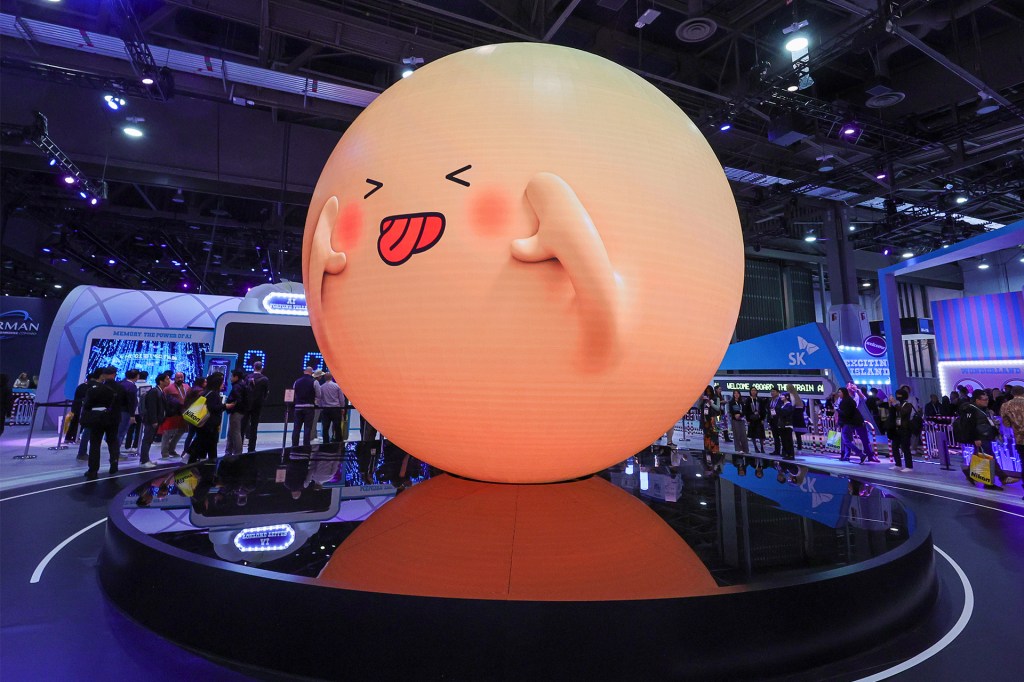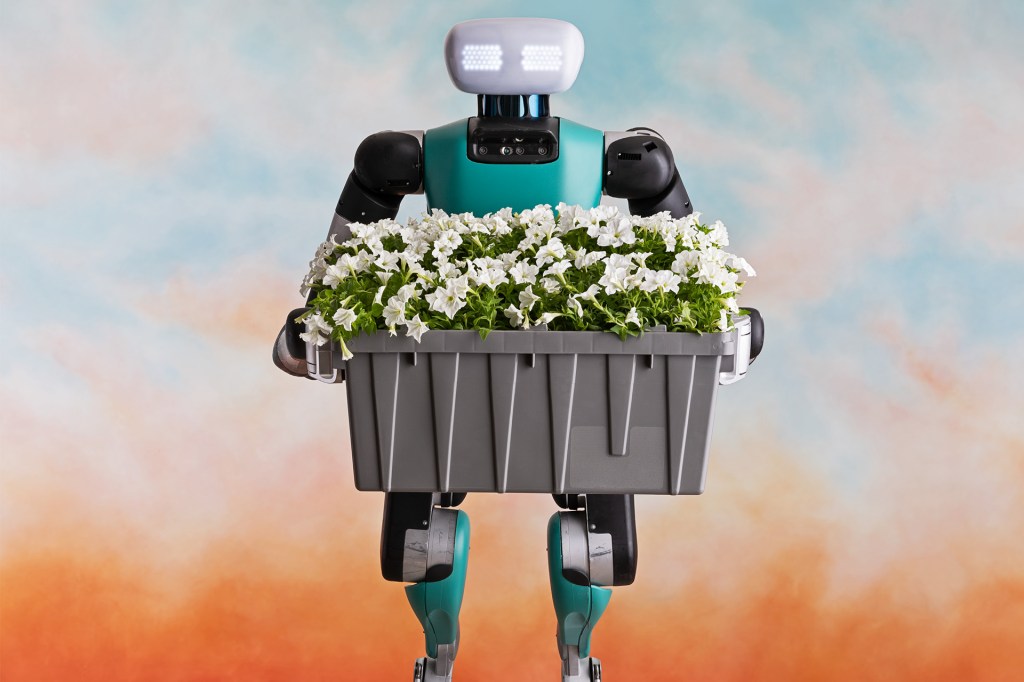Best Inventions of 2021

Every year, TIME for Kids highlights inventions that are making the world better and a bit more fun. Before adding an invention to the list, we ask ourselves a few questions. How original is the idea? What will its impact be? How could it help people? The result of that process is this list of 11 inventions. They are changing the way we live, play, and learn. Which one are you most excited about?
Keeping Kids Calm
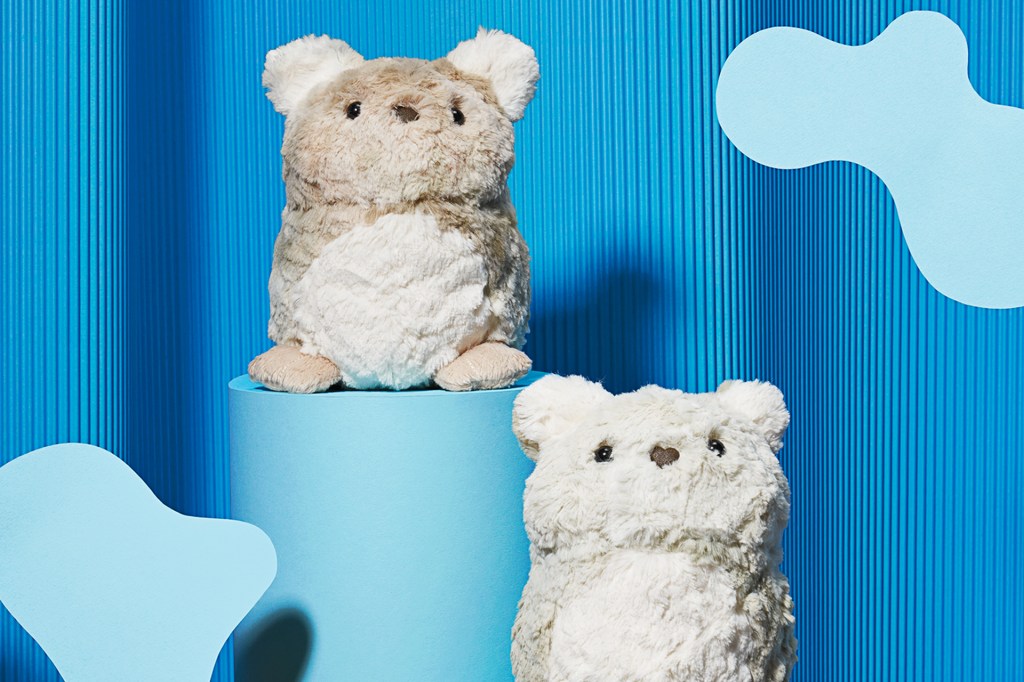
Purrble comes to the rescue for anxious kids. This toy has seven sensors. They respond to touch. Purrble’s heartbeat speeds up when you play with the toy. Then you comfort Purrble by petting it. This slows its heartbeat down. It calms you too. In a study of 20 families, 19 parents said that Purrble helped their kids calm down. “I grew up with a chronic illness as a child and would have loved to have this,” Aaron Horowitz says. He’s CEO of Sproutel, which designed the toy. —By Paulina Cachero
Listen to This
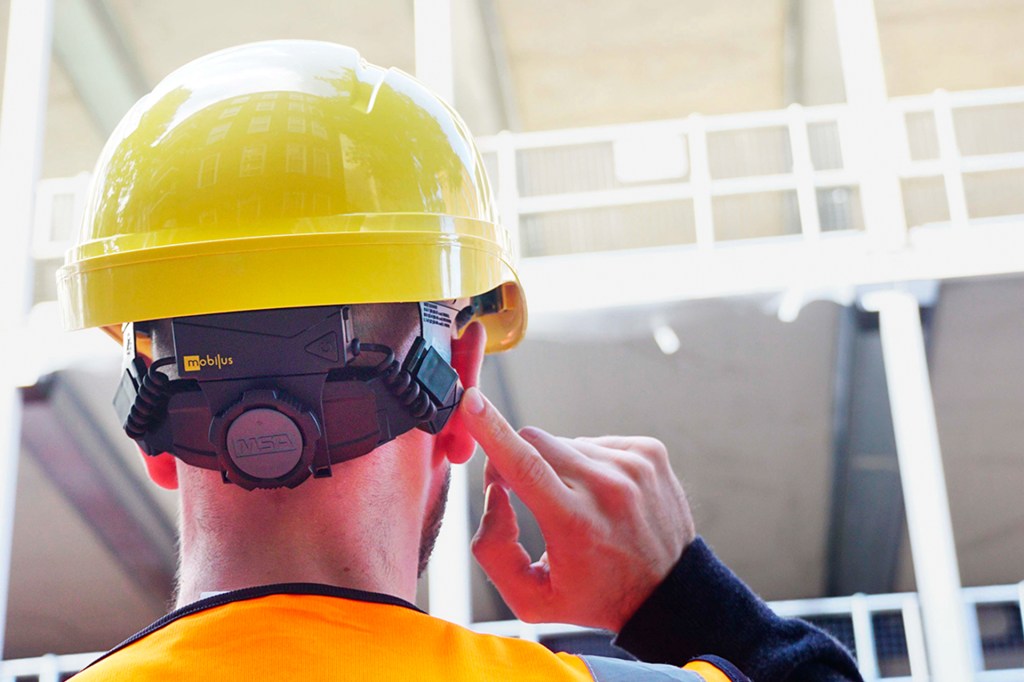
mobiWAN helps you communicate by directing calls through your head. The headset speaker and microphone, created by Mobilus Labs, use bone-conduction technology. Sound vibrations are sent through the wearer’s skull. This lets workers stay in touch in noisy places, such as a construction site or a ship in a howling storm. “You can still hear someone talking, clear as day,” says Jordan McRae, founder of Mobilus Labs. —By Alejandro de la Garza
Read to Me
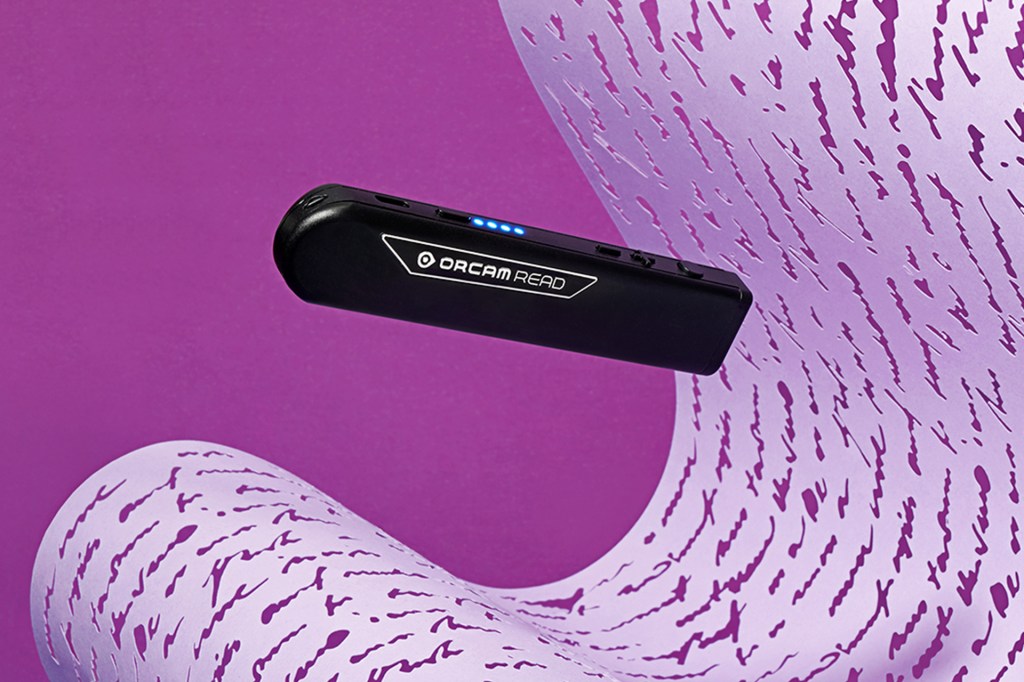
Reading is a challenge for millions of people. They may struggle with poor eyesight, dyslexia, or other issues. But with computer vision and artificial intelligence, the OrCam Read can read any piece of text aloud. Users aim the device’s laser frame at a page of a book, a menu, an advertisement, or a screen. Press a button. The device instantly starts reading aloud. The OrCam Read can also read text in multiple languages. —By Jesse Will
Offline Coding Class
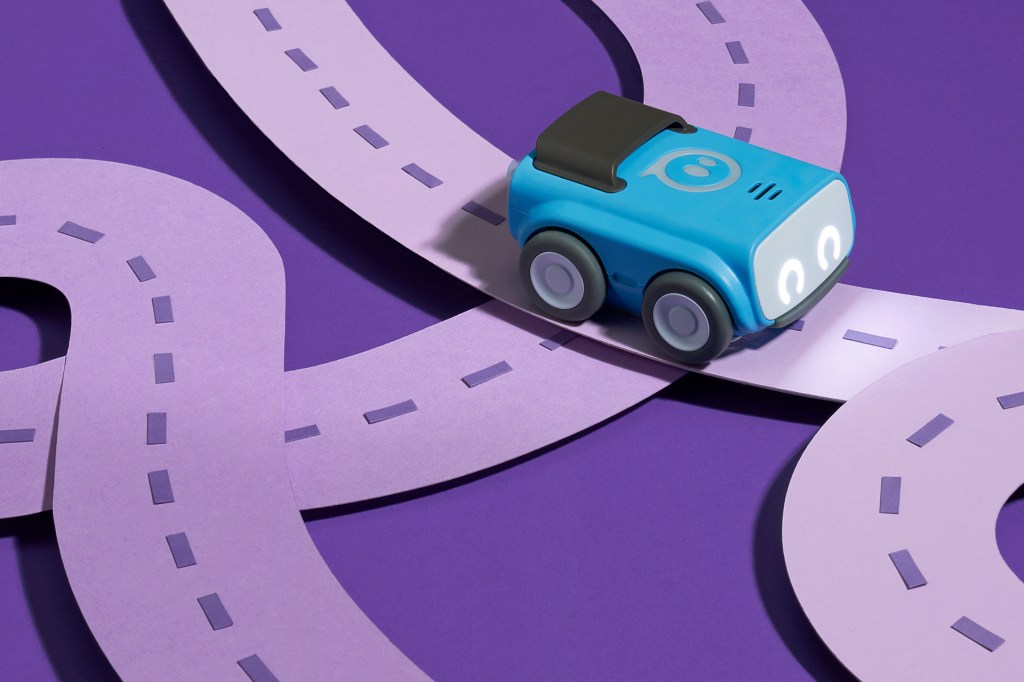
Coding involves problem-solving. It also involves pattern recognition. Sphero indi teaches both. No screen is required. Kids as young as 4 use colored tiles to program a robotic car to move from point A to point B. Green tiles increase its speed. Pink tiles tell it to turn left. Purple tiles tell it to spin and dance. “We really wanted to take [coding] concepts and bring them into the physical world,” Jeff Wiencrot says. He’s one of the engineers who worked on the product. —By Chad de Guzman
Helping Hand
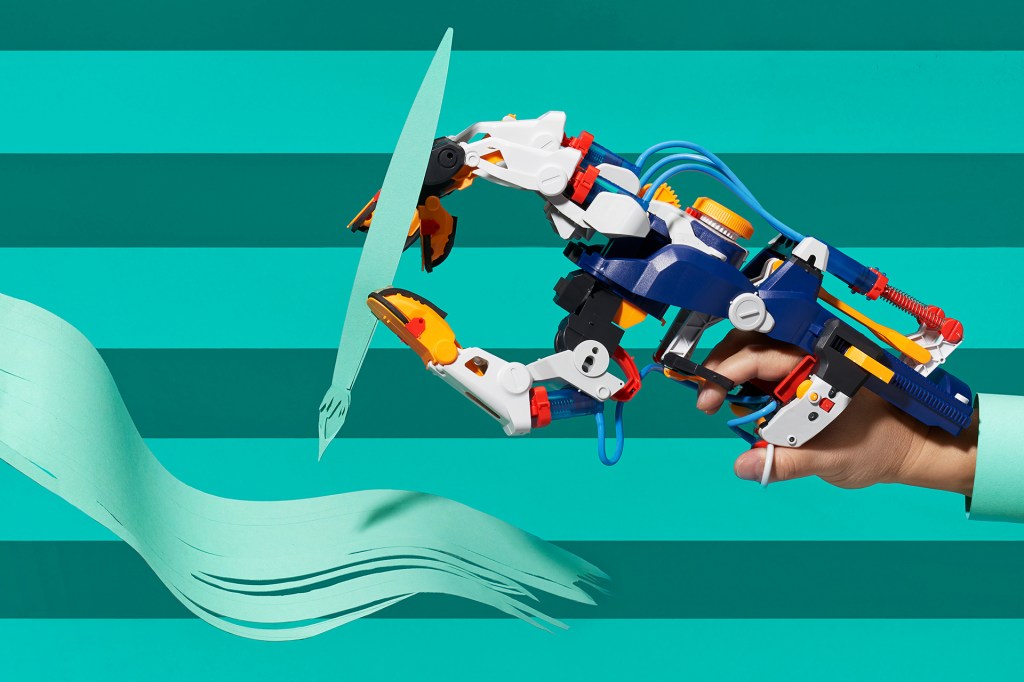
The Mega Cyborg Hand kit was created by Thames & Kosmos. It helps kids build a robotic hand that copies the movements of a real hand. You won’t find any wires, motors, or electronics. Instead, the device consists of plastic pieces and tubes filled with water. Once assembled and slipped on, it transmits force from the user’s fingers to the fingers of the robotic hand. The Mega Cyborg Hand can be adjusted to fit arms of almost any size. It easily switches from left-handed to right-handed to “claw.” —By Jared Lindzon
A Robot with a Heart
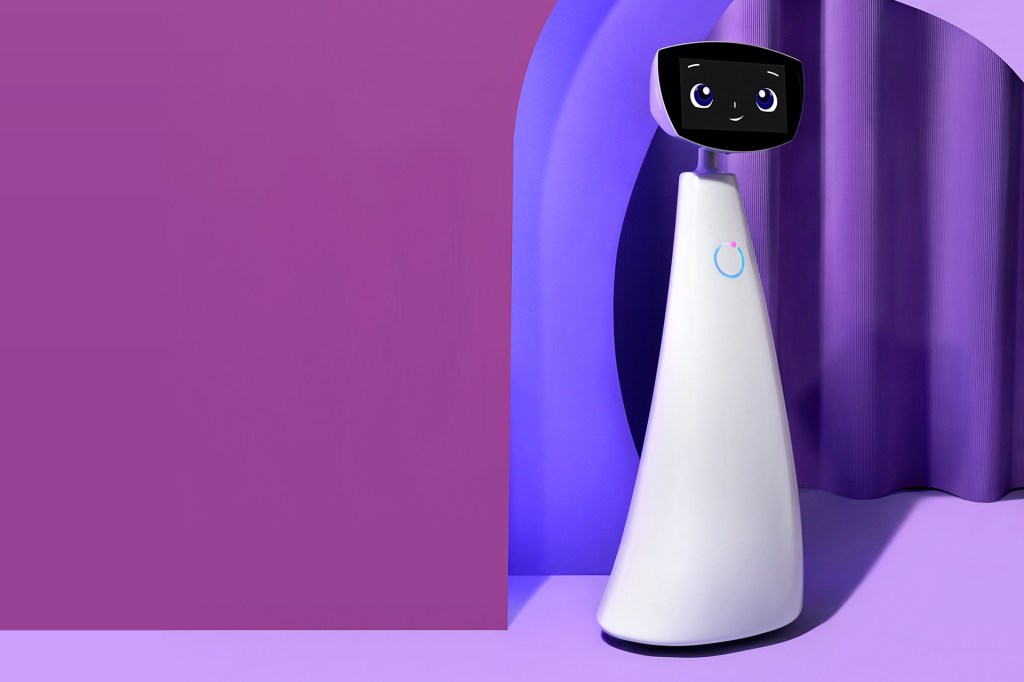
A girl in a clinic had barely eaten for two days. She was a pneumonia patient. The staff took Robin the Robot into the girl’s room. After chatting and playing games, Robin said goodbye, vowing to return only if the girl promised to eat. Sure enough, she dug in. With big googly eyes and a cheerful personality, Robin is designed to help kids in hospitals and clinics. “The goal was to create a technology that’s not just a device but a peer and friend,” says Karén Khachikyan from Expper Technologies. His company invented Robin. —By Nik Popli
Fast and Futuristic
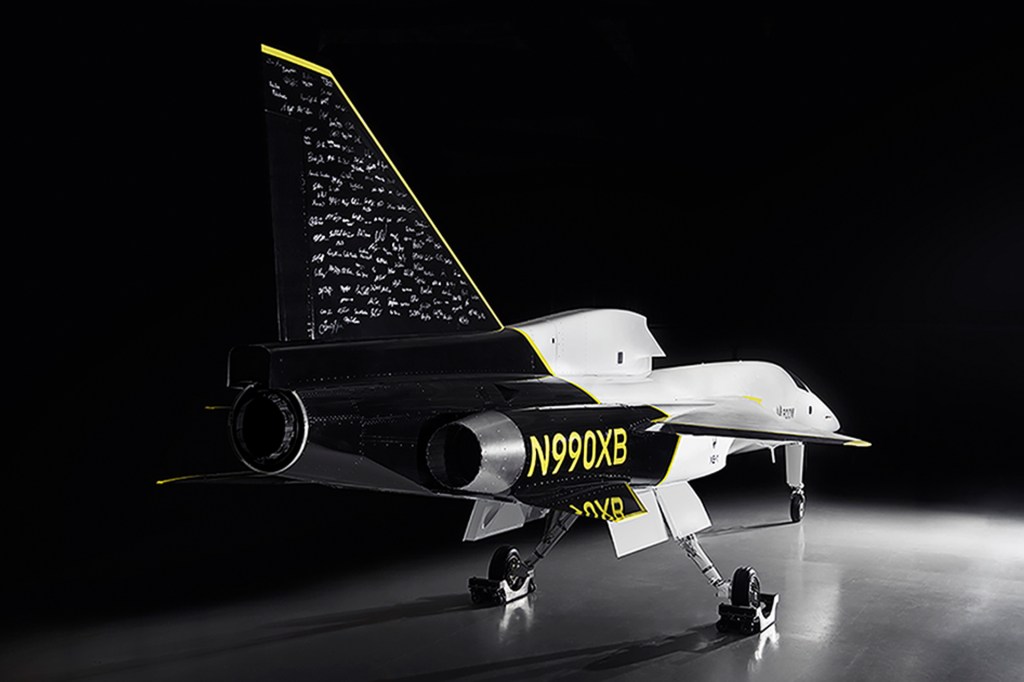
The XB-1 supersonic demonstrator is a 71-foot-long, faster-than-sound jet. It was developed by Boom Supersonic. The plane can achieve incredible speeds. It can cover the distance from New York City to London, in the United Kingdom, nearly twice as fast as a regular flight. And it can make that journey relying on sustainable aviation fuel. That’s a more eco-friendly alternative to fossil fuels. By 2029, the company hopes to be flying full-size planes that can carry 88 passengers. —By Jeffrey Kluger
Head Protector
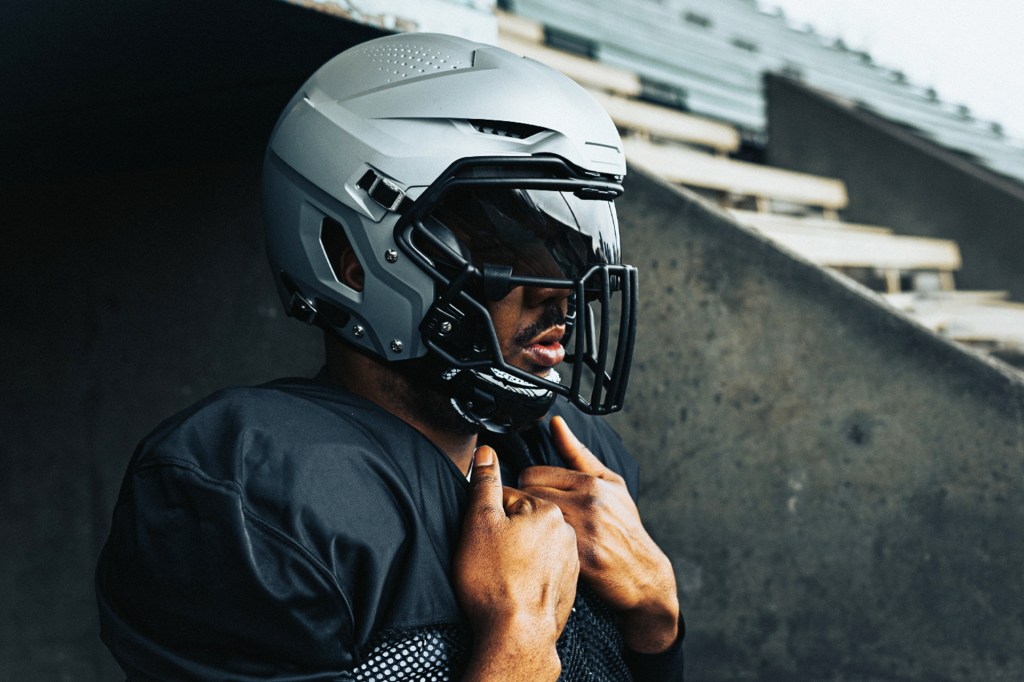
In college and pro football games, offensive and defensive linemen crash helmets when the ball is snapped. So they sustain more than twice as many head impacts as players in other positions do. The Zero2 Trench, from Vicis, is the first position-specific helmet approved for in-game use in the pros. Engineers added a force-absorbing outer shell to the front of the helmet. That’s where linemen are more likely to get hit. Vicis says that more than 50 top college programs have placed orders for the helmet. So have 30 out of 32 NFL teams. —By Sean Gregory
Smart Specs
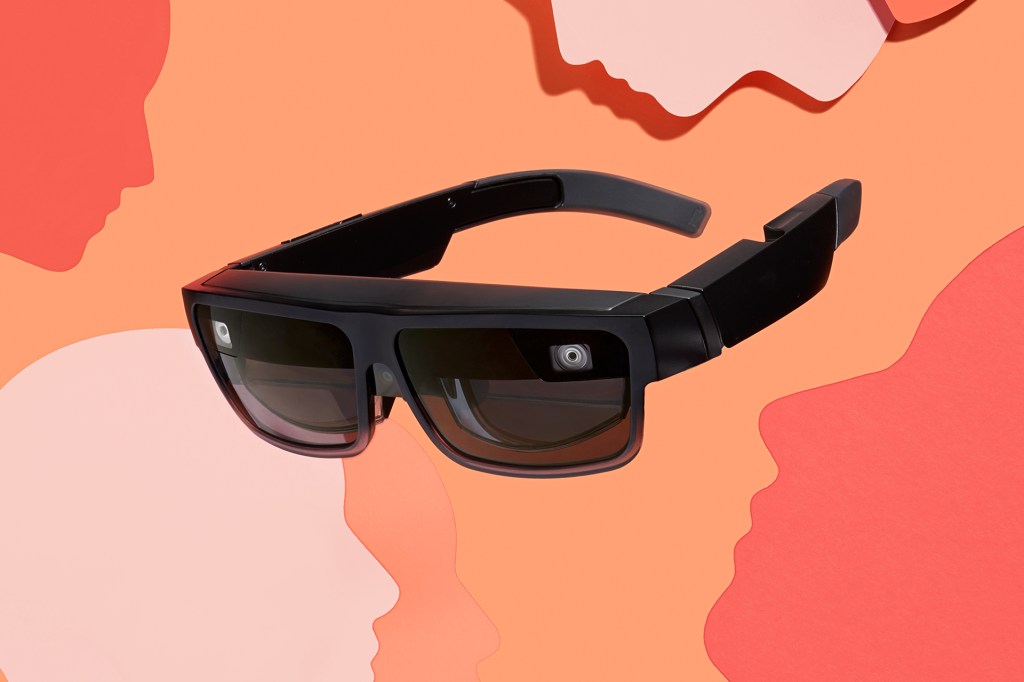
Meet Lenovo’s ThinkReality A3 Smart Glasses. Connect them to a computer or smartphone. High-definition displays built into the lenses will show as many as five different virtual desktops. Move your head to view the desktops floating in front of you, and work as you would using a standard keyboard or mouse. The headset also has built-in speakers. You can listen to music while you get things done. The glasses need to be connected to a Moto G100 phone. But they may one day work with other products, too. —By Jason Cipriani
A New Noodle

No pasta shape was good enough for Dan Pashman. The podcaster judges pasta on three factors. One is “sauceability,” or how sauce sticks to it. Another is “forkability,” or the ease of getting and keeping it on a fork. Last is “toothsinkability,” or how satisfying it is to eat. Pashman set out to create his dream shape. In March 2021, he and pasta company Sfoglini introduced Cascatelli. They have a half-tube shape to catch sauce. The ruffles provide a good bite. And they’re short, so they’re easily forked. Nearly 300,000 pounds of cascatelli have been sold. —By Eliana Dockterman
Portable Wheels
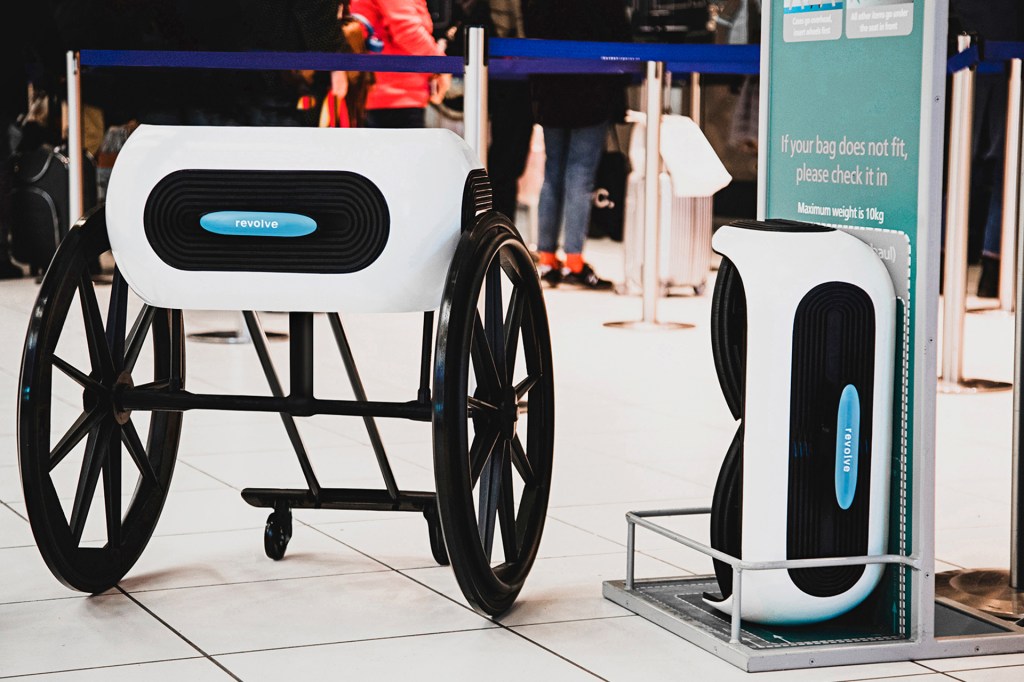
Andrea Mocellin is a former sports-car designer. He knows how to make things move fast. Now Mocellin is using his skills to build a better, more travel-friendly wheelchair. The Revolve Air has wheels with a hexagon structure. They are puncture-proof. And they fold up. This allows the chair to take up 60% less space than a standard folding wheelchair. Revolve Air fits in an airplane’s overhead compartment. Mocellin aims to get it out by mid-2022. He has nearly 12,000 customers on his waiting list. —By Jesse Will





